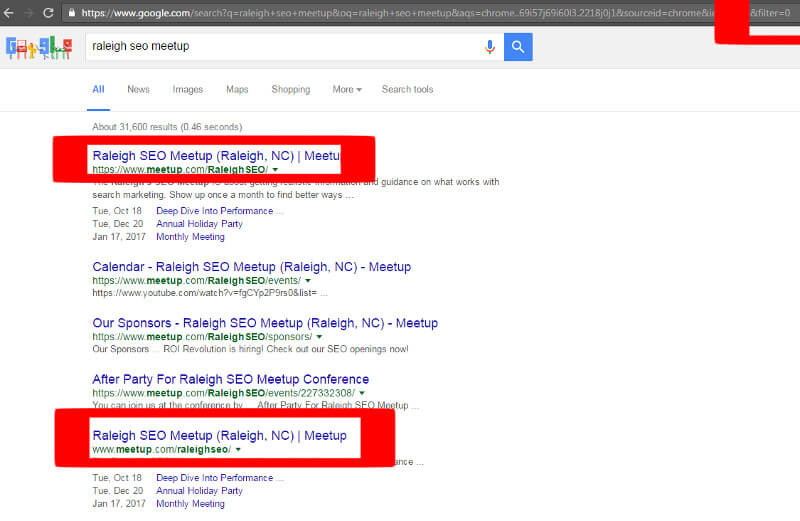
In general, duplicate content can be defined as exact copies of content on other websites or on different pages of the same website. Having large amounts of duplicate content means a direct negative impact on Google rankings.

For a broad definition, duplicate content is the content that adds little to no value for your readers. So, pages with little to no value content are also considered to be duplicate content.
Since it confuses search engines and directly harms SEO performance, you should avoid duplicate content. When you have a greater number of duplicate content pages on your website, it becomes a serious matter to look and fix as soon as possible.
Why does duplicate content matter?
Though Google does not impose a penalty for duplicate content, it filters the identical content. Which is similar to penalty impact i.e. rankings of your web pages. Duplicate content confuses Google and forces the search engine to choose any of the identical pages for ranking in the top results.
Duplicate Content Issues
Internal Duplicate Content Issues
1.On-Page Elements
To solve duplicate content issues, your site should include:
- ‘a unique title and meta description of the page
- headings (H1, H2, H3, etc.) that differ from other websites.
If you can’t write a unique meta description for each page as you have too many pages, then you can exclude it. Because sometimes Google takes snippets from your content and keeps it as the meta description. Apart from this, it is still better to write a different meta description if you can, as its main factor for driving click-throughs.
2.Product descriptions
It takes lots of time to create original descriptions for every product for eCommerce companies. And it is like a challenge for them to create unique content every time.
However, if you’re selling your products through third-party retailer websites, then don’t forget to provide each source with a unique description.
3.URL Parameters
Another common issue with duplicate content is found on eCommerce sites from URL parameters. In addition, some websites use URL parameters in order to create page URL variations, which might lead to search engines indexing different versions of the URLs, including the parameters.
External Duplicate Content Issues
1.Scraped Content
This issue occurs when a website owner steals content from another website to increase the organic visibility of their site. However, Webmasters who scrape content attempts to have the device “rewrite” the scraped content. Scraped content can occasionally be easy to identify as the scrapers sometimes don’t bother to replace branded terms throughout the content.
If you are the victim of this issue, you should inform Google under the “Copyright and other legal issues” option.
2.Syndicated Content
Similarly, this occurs when another website republishes your content that originally appeared in your blog. It’s not similar to scraped content because it’s something you have volunteered to share on another site.
It may sound odd, but it benefits to syndicating your content. Because it makes your content more visible, which leads to more traffic to your website.
How to fix issues?
- Must link to the canonical versions of your site’s URLs every time. For instance, if you have a page with a responsive version, then choose which is canonical and point all the internal links to only that page. This helps to send clear signals to crawlers about any link you wish to appear in search engine results pages.
- You can use a 301 redirect which minimizes duplicate content by consolidating similar pages into one powerful page. This also prevents different pages from competing and sends stronger ranking signals.
Keep on learning





